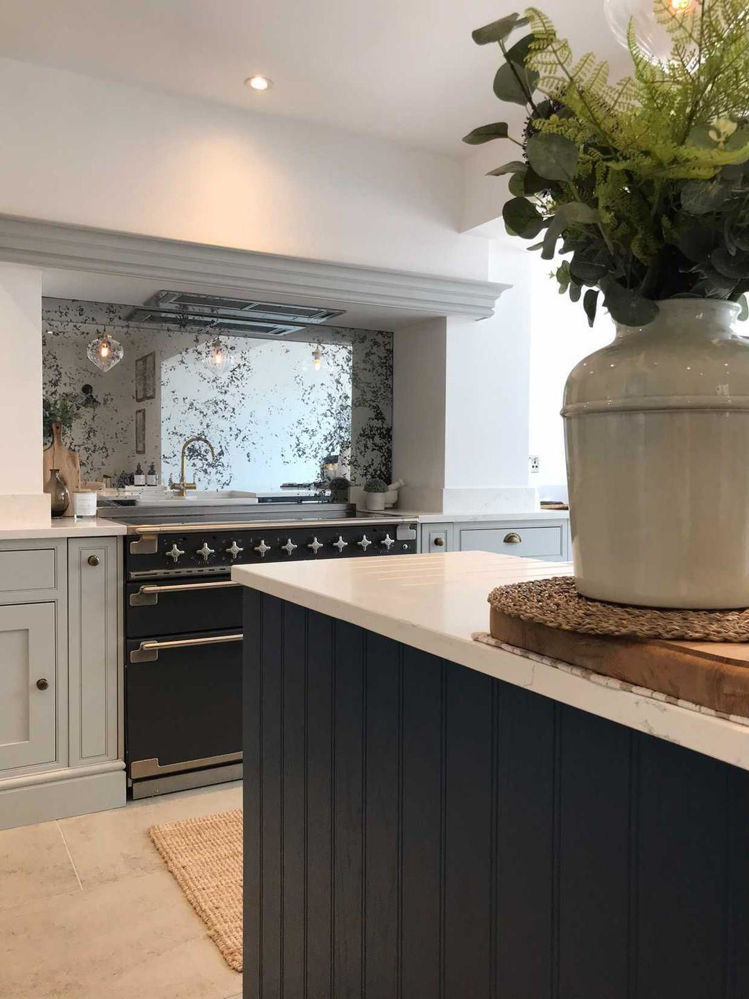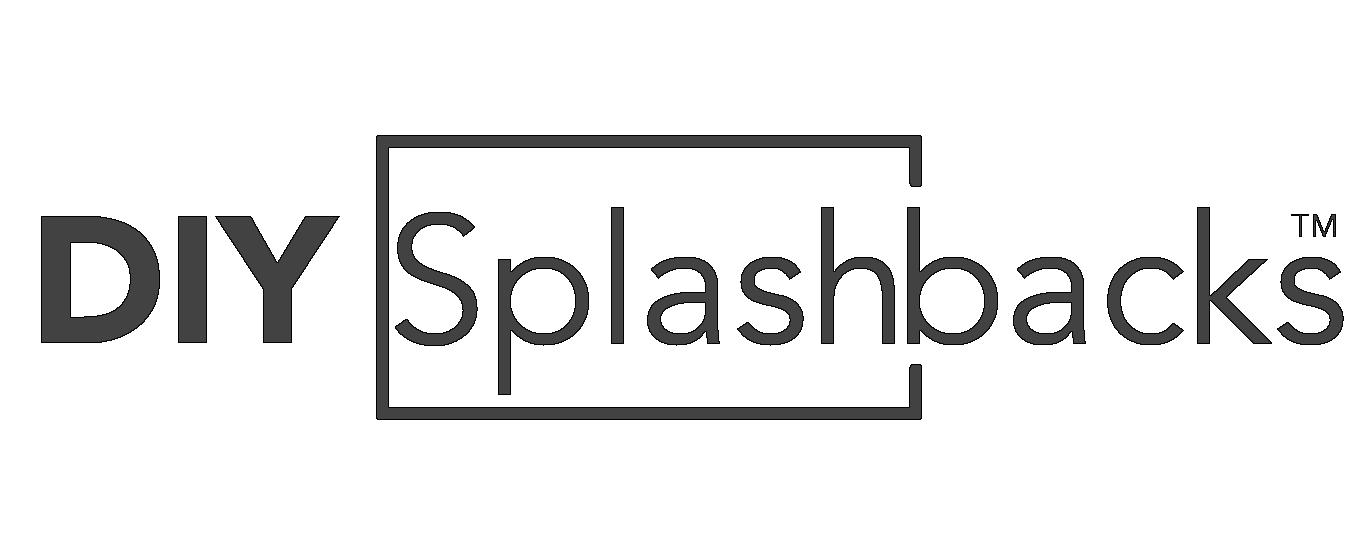Dealing with Splashback Stains: Common Issues and Smart Solutions

A pristine splashback doesn’t just elevate your kitchen’s aesthetic — it also plays a pivotal role in keeping your cooking space hygienic and easy to maintain. But over time, even the most durable splashbacks can fall victim to stains, smudges, and discoloration. Whether you have glass, acrylic, or stainless steel, knowing how to deal with common splashback stains ensures your kitchen stays spotless and stylish.
Let’s explore the main culprits and how to tackle them like a pro.
1. Grease and Oil Build-Up
The Issue:
Grease splatters are inevitable, especially around the hob or oven area. Over time, they harden into a sticky film that dulls your splashback’s shine.
The Solution:
Use a soft cloth with warm water and a few drops of mild dish soap. For glass splashbacks, you can use a vinegar-water mix for extra sparkle. Avoid abrasive sponges or strong chemicals that can scratch or damage surfaces.
Pro Tip: Installing an easy-to-clean glass splashback can significantly reduce cleaning time and maintain a glossy finish for years.
2. Water Marks and Limescale
The Issue:
Hard water leaves behind mineral deposits, especially noticeable on reflective surfaces like mirrored or crystal splashbacks.
The Solution:
Wipe regularly with a microfiber cloth and a solution of equal parts white vinegar and water. For stubborn spots, apply a small amount of lemon juice — nature’s own limescale fighter.
3. Food and Sauce Splashes
The Issue:
Tomato sauce, curry, and spices can stain lighter splashbacks if not cleaned promptly.
The Solution:
Act fast — wipe spills immediately with a damp cloth. For set-in stains, use a non-abrasive cleaner designed for the specific material of your splashback. Acrylic surfaces, for instance, need gentler treatment than stainless steel.
Related Tip: Consider coloured acrylic splashbacks for kitchens that face heavy use; they combine vibrant style with practical stain resistance.
4. Heat Discoloration
The Issue:
Splashbacks installed behind cooktops can develop discoloration over time due to heat exposure.
The Solution:
Opt for heat-resistant materials such as toughened glass or aluminium composite panels. If your current splashback is discoloured, professional polishing or replacement may be the best course of action.
For long-term protection, explore custom splashback options that combine durability with design flexibility.
5. Fingerprints and Smudges
The Issue:
Glossy splashbacks, while elegant, are prone to visible fingerprints and streaks.
The Solution:
Use a soft microfiber cloth and a glass cleaner for quick touch-ups. For acrylic or mirror finishes, an anti-static spray can reduce future marks.
Final Thoughts
Maintaining a spotless splashback isn’t just about cleanliness — it’s about preserving your kitchen’s character. Regular upkeep, the right cleaning techniques, and choosing quality materials make all the difference.
If you’re looking to upgrade to a low-maintenance, high-impact option, browse the full range of designs at DIY Splashbacks. From modern glass to custom-printed panels, you’ll find the perfect solution for your kitchen’s needs.
Related Reads:
5 Signs It’s Time to Replace Your Kitchen Splashback
How to Measure a Splashback Area Yourself
Small Kitchen? How Splashbacks Can Make Your Space Look Bigger
